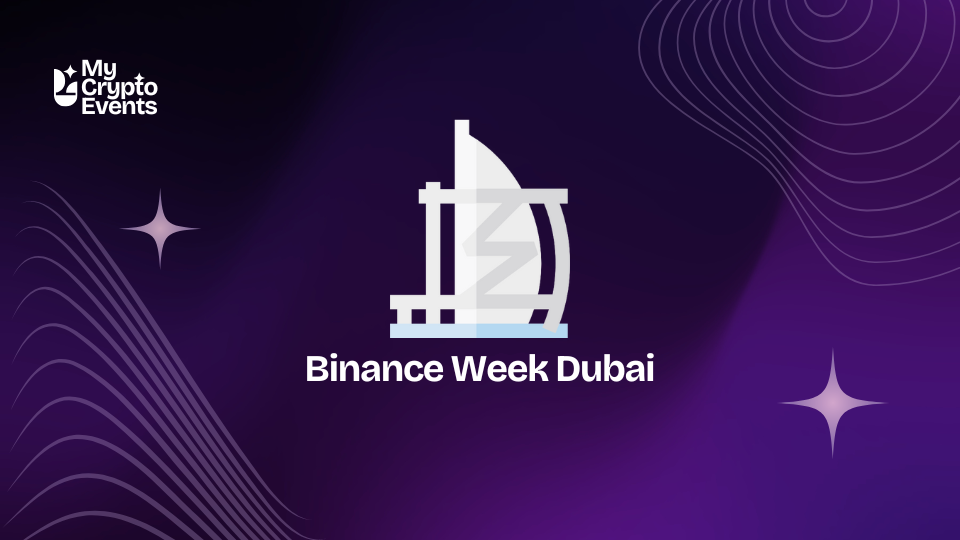As journalists, we’ve experienced our share of crypto conferences. Usually, it’s the same story – endless PowerPoints about revolutionary blockchain solutions and networking over coffee. But Merge Madrid? This was different.
For starters, they hosted it in the Palacio de Cibeles – you know, that gorgeous building that looks like it belongs in a fairy tale. Walking in felt less like entering a tech conference and more like stumbling into a really fancy wedding where everyone happens to be obsessed with Web3.
The three-day event drew over 2,500 attendees from across Europe and Latin America, transforming Madrid’s historic center into a buzzing hub of blockchain innovation. Between the palatial architecture and the cutting-edge discussions, there was something almost poetic about planning the future in a building that’s seen so much history.
When Suits Meet Hoodies
Here’s what made Merge different: For once, it wasn’t just developers talking to developers or suits talking to suits. The usual barriers melted away. Throughout the conference, you’d spot the unexpected – VCs in hoodies, developers in blazers, and everyone in between, all mixed up in genuine conversation.
The startup competition especially shattered the mold. Twelve teams brought their A-game, but Pentestify stole the show with their live security demo. In an industry plagued by hacks and security breaches, their win felt especially relevant.
The competition wasn’t just about pitching ideas – it was about showing real solutions to real problems. From real estate tokenization platforms to new DeFi protocols, each startup brought something unique to the table. The energy was electric, with founders fielding tough questions from judges and audience members.
Madrid’s Big Move for 2025
The announcement of Spain’s first National Blockchain Network for 2025 sent waves through the conference halls. This didn’t feel like just another government blockchain initiative – this is Madrid putting serious weight behind Web3 technology.
The timing couldn’t have been better. With Europe pushing for crypto regulation and digital innovation, Madrid’s move positions Spain at the forefront of blockchain adoption. The aftermath was immediate, with representatives from Telefónica, BBVA, and Mastercard notably present in follow-up discussions.
The network’s scope is ambitious, aiming to transform everything from public services to private sector operations. It’s the kind of project that could turn Madrid into a serious competitor for Europe’s blockchain crown.
Not Your Average Tech Party
The event pushed boundaries beyond the usual conference format. The AI versus DJ performance could have been a gimmick, but instead turned into one of the most talked-about moments of the conference. For a few hours, everyone forgot about price charts and white papers.
The cultural elements weren’t just add-ons – they were central to the event’s identity. Digital art installations dotted the palace halls, while tech demos merged seamlessly with artistic performances. It was blockchain culture coming alive, not just being discussed.
This blend of tech and culture created moments you’d never find at a typical conference. Watching a traditional DJ battle an AI system while NFT art generated in real-time behind them – that’s the kind of experience that sticks with you.
Action, Collaboration and Innovation
The magic of Merge Madrid happened in the in-between moments. During coffee breaks, lunch sessions, and late-night tapas runs, real connections formed. The smoking area became an impromptu meeting spot where deals were sketched out on napkins.
The palace’s ornate corridors hosted spontaneous brainstorming sessions that ran late into the evening. Developers demonstrated prototypes on laptops balanced on centuries-old furniture, while investors and founders found quiet corners for serious discussions.
These organic interactions produced more than just business cards and LinkedIn connections. Real partnerships formed, projects were born, and ideas that started as casual conversations evolved into concrete plans.
What’s Next?
With 2025 plans already in motion, Merge is expanding globally. First stop: Buenos Aires in March, tapping into Latin America’s thriving crypto scene. Then it’s back to Madrid in October for round two.
The expansion feels natural rather than forced. Latin America’s growing crypto adoption and Spain’s historic connections make Buenos Aires an obvious choice for the next step in Merge’s evolution.
As the final day wrapped up and the sunset painted the palace in gold, something felt different about this conference. Maybe it was the mix of people, or the setting, or just the timing – but Merge Madrid felt like a glimpse into Web3’s more mature future. If you missed it this year, mark your calendar for 2025. In an industry that moves at light speed, this is one event that’s worth slowing down for.



